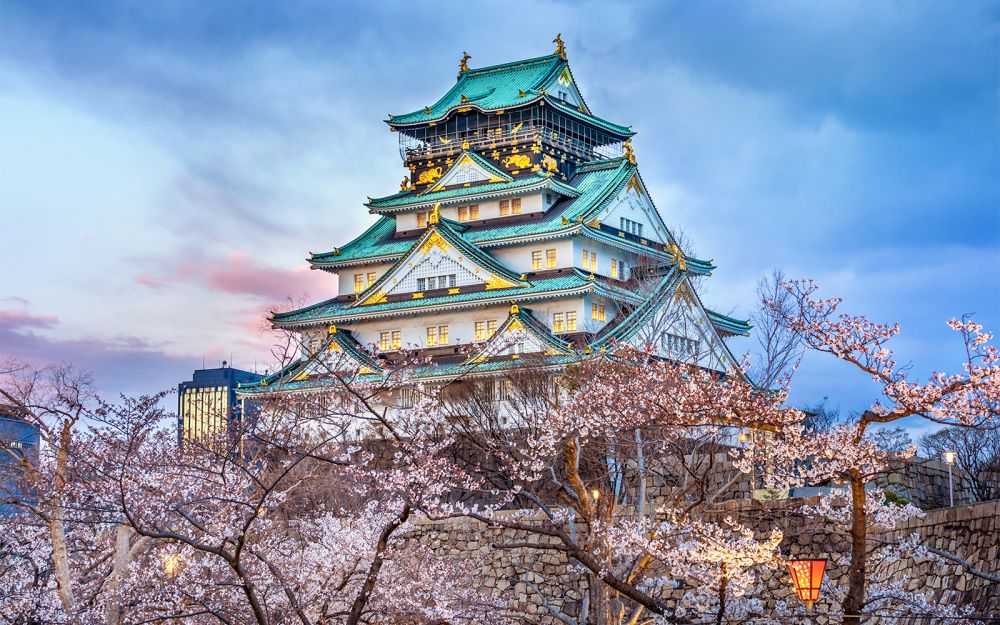

Osaka Castle, one of Japan's most famous landmarks, has a storied history that stretches back to the late 16th century. Constructed under the order of Toyotomi Hideyoshi, one of Japan’s most powerful feudal lords, the castle played a significant role during the unification of Japan. Over the centuries, it witnessed many pivotal battles, including the summer and winter sieges of Osaka, adding layers of history to its grounds.
The popularity of Osaka Castle as a tourist destination began to grow significantly during the Meiji Restoration. With the modernization of Japan and the introduction of rail travel, more people were able to visit historically significant sites like Osaka Castle. The government also started recognizing the historical value of such places, leading to the restoration and preservation of historical sites for educational and national heritage purposes.
Heavily damaged over time, especially during wars, the most significant restoration of Osaka Castle took place in 1931. The castle tower was reconstructed with modern facilities while maintaining its historical appearance. This restoration helped elevate the castle's status as a major tourist attraction, showcasing its unique architecture and history.
Post-World War II, Osaka Castle was restored yet again, and the surrounding area was developed into a public park. The park bloomed with cherry trees, making it one of the most popular places for hanami (cherry blossom viewing), attracting both domestic and international tourists every spring.
In recent years, Osaka Castle has embraced multimedia exhibits and interactive displays, appealing to a new generation of digital-savvy visitors. The introduction of English signage and audio guides has made the castle more accessible to foreign tourists, further boosting its popularity.
Sustainable Tourism: In line with global trends, the tourism around Osaka Castle is increasingly mindful of sustainability. Efforts are being made to preserve the site for future generations while accommodating the high volume of visitors.
Experiential and Cultural Tourism: Tourists visiting Osaka Castle are seeking authentic cultural experiences. This includes participating in traditional tea ceremonies, dressing up in samurai armor, and attending seasonal events held in and around the castle.
Technology Integration: The use of technology has made the history of Osaka Castle more engaging. Augmented reality (AR) tours and virtual reality (VR) experiences are among the latest additions aiming to provide an immersive historical narrative to visitors.
Accessibility: Tourism today focuses heavily on accessibility, and Osaka Castle is no exception. With improved amenities for disabled visitors and easy access via public transportation, the castle is working to ensure that all visitors, regardless of physical ability, can enjoy the historical site.
With its rich history and embrace of both tradition and modern technology, Osaka Castle continues to be a symbol of Japan’s resilience and a must-visit destination for tourists from all over the world.